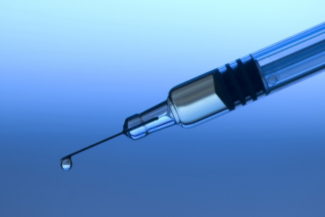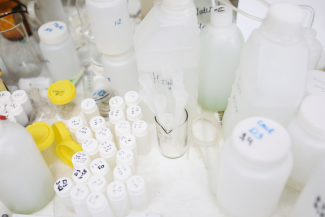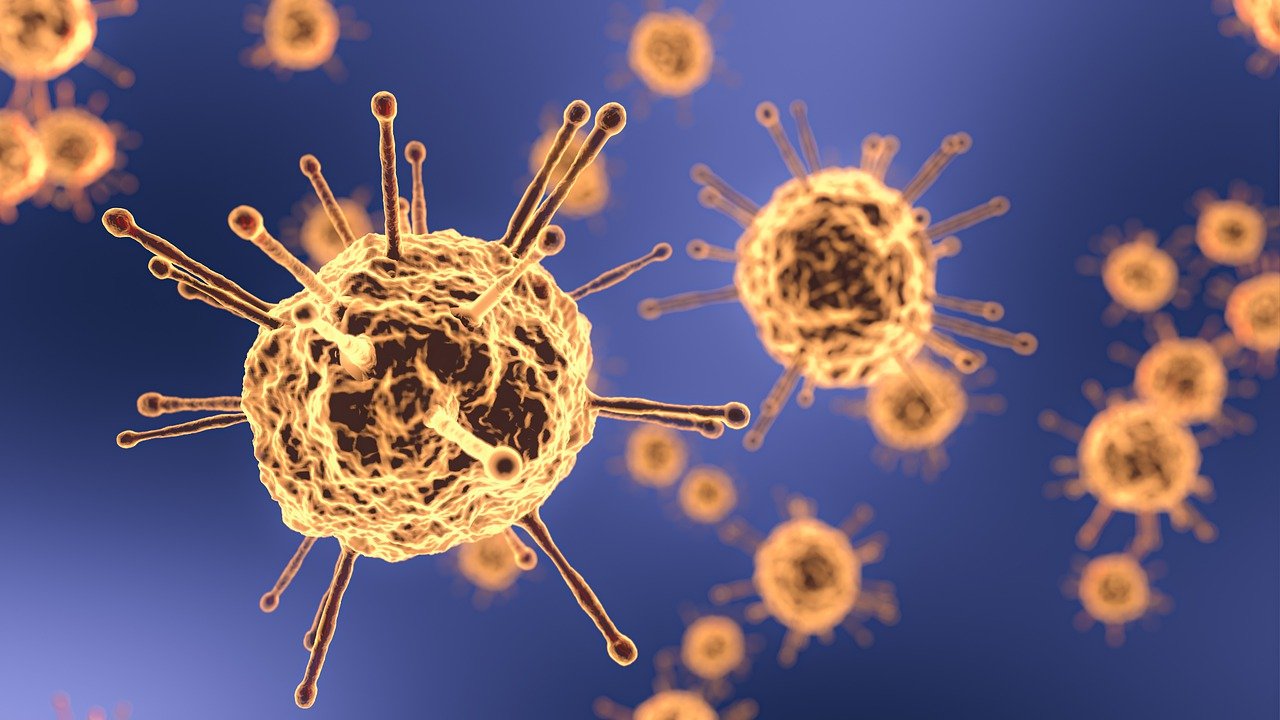Incident Lessons Learned Needlestick Injury
20 July 2023

iStock
A graduate student accidently poked their finger with a needle while discarding the needle-syringe assembly into a sharps container. The needle had previously been used to transfer bacterial lipopolysaccharide (LPS), a toxic substance commonly used in laboratory research, between sample tubes.
The student began to feel dizzy, which prompted the research group to call 911. Following a medical assessment, the student exhibited no further symptoms and recovered fully.
Post incident, the research group implemented corrective actions, substituting the use of a pipette in place of the needle-syringe assembly in order to reduce the risk associated with the task. Because there had been a possible exposure to LPS, HSE also reported the incident to the Public Health Agency of Canada (PHAC).
Consequences
Needlestick incidents are a leading cause of reportable injuries in U of A research spaces. In addition to causing physical injuries, needlestick incidents can also have health implications related to the chemical or biological substance being transferred. An individual who inadvertently pokes, scratches or injects themselves with a contaminated needle may be at risk of serious injury or illness.
Culture of Care
In many cases, needles, while convenient for a task, are not necessary; a different, less hazardous tool will do. In this case, the research group’s decision to substitute a pipette for the needle-syringe assembly reflects a commitment to injury prevention and a willingness to do things differently to ensure that everyone gets home safely at the end of the day.
Call to Action
Needles are hazardous and may be unnecessary for the work being done. In many cases a less sharp tool is a better option.
Research and clinical groups that use needles in their workplace should review the following resources to learn more about alternatives as well as how to avoid injury when working with needles may be necessary:
- Sharps Awareness: best practices for handling needles, blades and other sharps safely
- Hazard Bulletin: Needle Stick Injuries
The University of Alberta is committed to the safety, health and well-being of our faculty, staff and students. Every day, we advance this commitment to safety through the Culture of Care.
Related resources
- Incident Lessons Learned - Needlestick Injury (Google Doc)
- Culture of Care Safety Action Plan
- HSE Hazard Management webpage: links to hazard assessment templates and instructions



